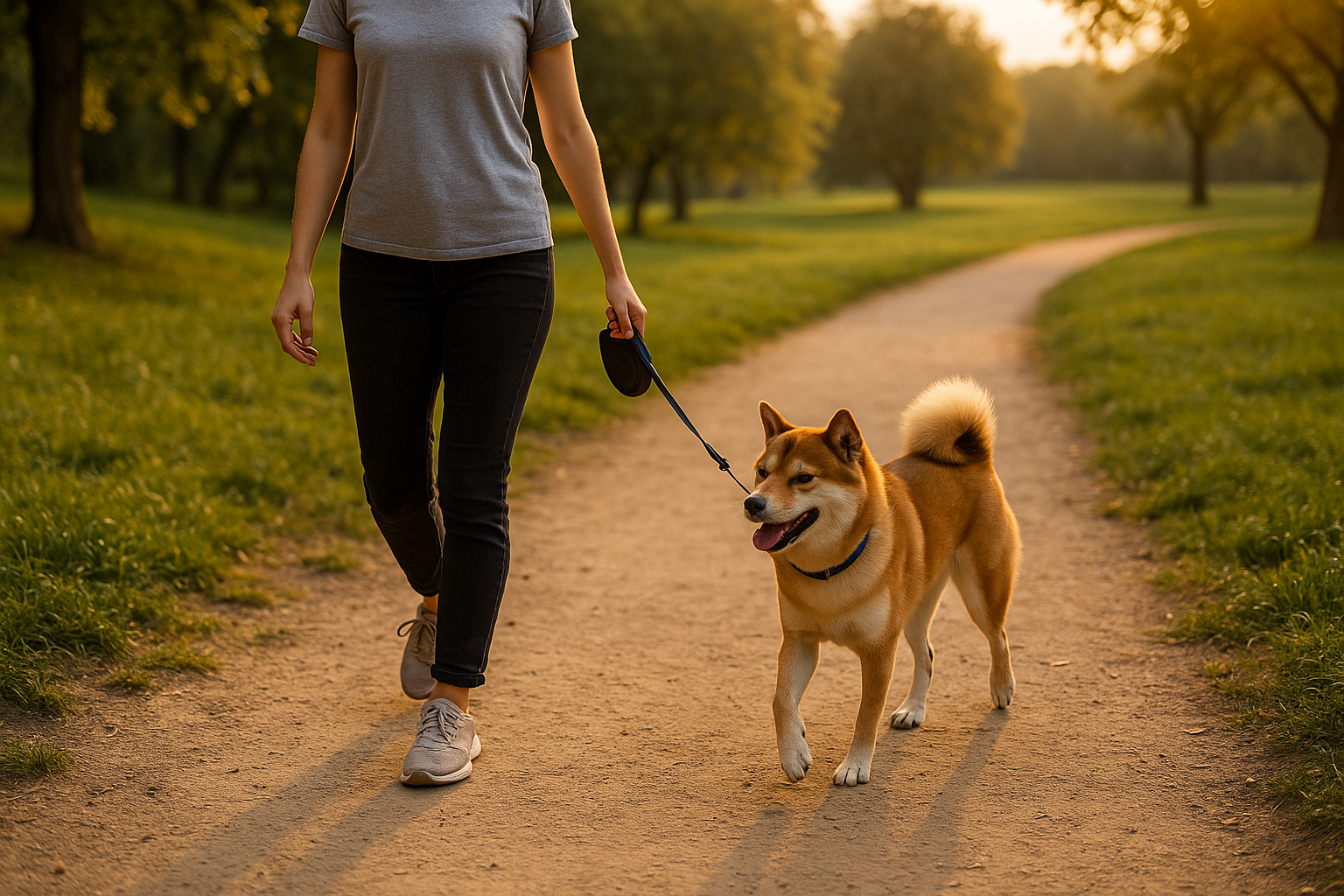The place where your pet lives isn’t just for looks; studies show that it helps with their health, happiness, and behavior. Let’s see how you can improve the daily life of your dog or cat!
What is Environmental Enrichment?
Environmental enrichment (EA) involves doing things that allow our pets to behave more naturally, such as sniffing, playing, and exploring. This can include changing their living space, providing different toys, creating areas for them to climb, and offering challenges to solve. Research shows that such environments help pets become calmer, smarter, and more adaptable.
Benefits of Enrichment
Different activities, such as games and exercises, help dogs become calmer and less stressed. This is especially important for older dogs, who need things to do to keep their minds active. Engaging in fun activities can help reduce annoying behaviors and improve dogs’ health and energy levels.
Types of Enrichment
Enrichment for dogs and cats goes beyond physical exercise. Here are some suggestions:
- Structured Play: Games like fetch and tug-of-war are great for burning energy.
- Scent Games: Hide treats around the house to encourage searching and sniffing.
- Climbing Spaces: Cats love to explore, so shelves and vertical toys are essential.
- New Toys: Rotating toys from time to time keeps curiosity alive.
Improving Your Pet’s Life and Yours
Families who engage in fun activities with their pets say they feel closer to them and notice that the animals become calmer and happier. Playing with pets also helps keep the minds of owners active, especially for older ones.
Practical Tips:
- Stay flexible: each animal is unique and responds differently.
- Vary activities: try at least three different types every day.
- Mix stimuli: combine sensory, food, and social activities.
- Pay attention: observe changes in behavior, appetite, and sleep.
- Offer fun throughout your pet’s life, especially as they age.
Reflecting on the Importance of Learning New Things
Evidence-based enrichment is a new and cool way to help pets be happier and healthier. This means providing them with activities and things to do that are planned based on scientific studies. When owners do this, they can prevent pets from becoming bored or developing behavioral problems. This type of enrichment keeps pets occupied and happy, and it also helps create a more peaceful and balanced environment. This way, pets can safely do what they enjoy. Moreover, when pets are happier, their owners also feel closer and have a better relationship with their four-legged friends.
